Travelling to the Philippines is like stepping into a hidden paradise: pristine islands, towering mountains, lush rainforests, vibrant wildlife, lively festivals, and a culinary scene that even Anthony Bourdain raved about. With so much to explore, it’s no wonder visitors keep coming back. But as with any destination, there are social customs and cultural norms you should be mindful of—especially if you’re new to the country.
To help you avoid misunderstandings and navigate local etiquette with ease, we’ve compiled a list of common tourist pitfalls to watch out for. When in the Philippines, keep these in mind:
What tourists should not do in the Philippines
1. When invited to someone’s home, don’t attend with a full stomach
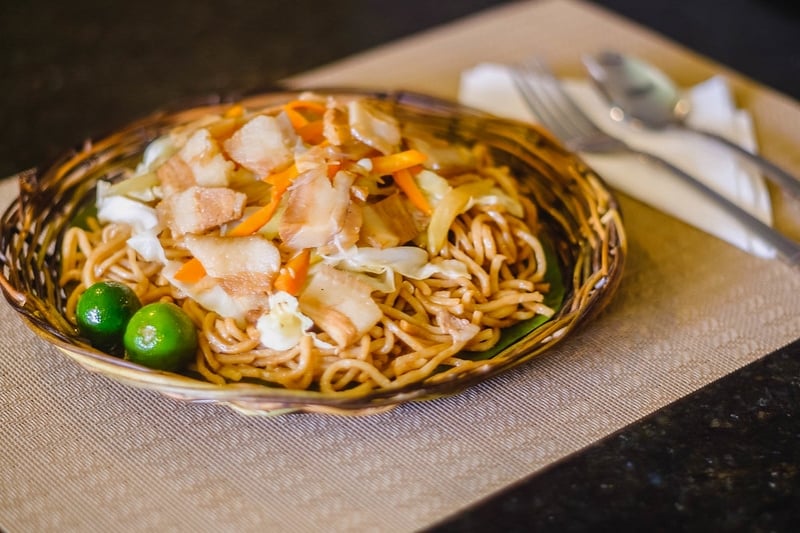
Image credit: Marco Verch
Treat a Filipino’s invitation to eat together as you would a business proposal from the Godfather: It’s an offer you can’t refuse!
All kidding aside, the tradition of sharing a meal and dining together is highly valued in Filipino culture. Many Filipinos believe that the best meals are enjoyed in the company of others. In fact, they will greet you by asking, “Kumain ka na ba?” (“Have you eaten yet?”) This is an affectionate way of saying hello.
Gathering over a home-cooked meal is one of the ways that Filipinos spend quality time together and demonstrate their appreciation for one another. It’s a matter of trust as well. Therefore, please don’t refuse if they make an effort to prepare a meal for you.
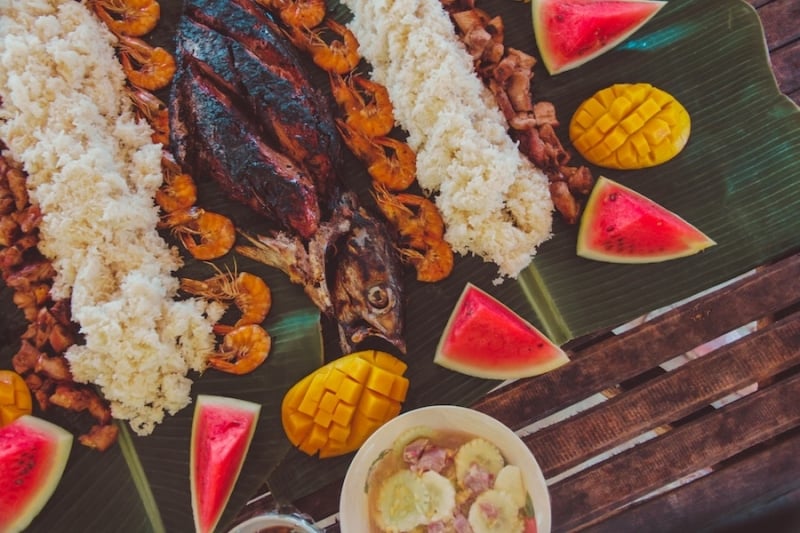
If someone welcomes you into their home as a guest, you should know beforehand that Pinoys (a casual nickname for Filipinos) love to spoil their guests with delicious food. Sometimes the host will push a plate closer to you at the dinner table; they may even heap more rice and extra servings onto your plate without asking first. Just know that it comes from a place of kindness and generosity. Savour the feast before you, and kiss your diet goodbye.
2. Don’t shy away from the hospitality offered to you
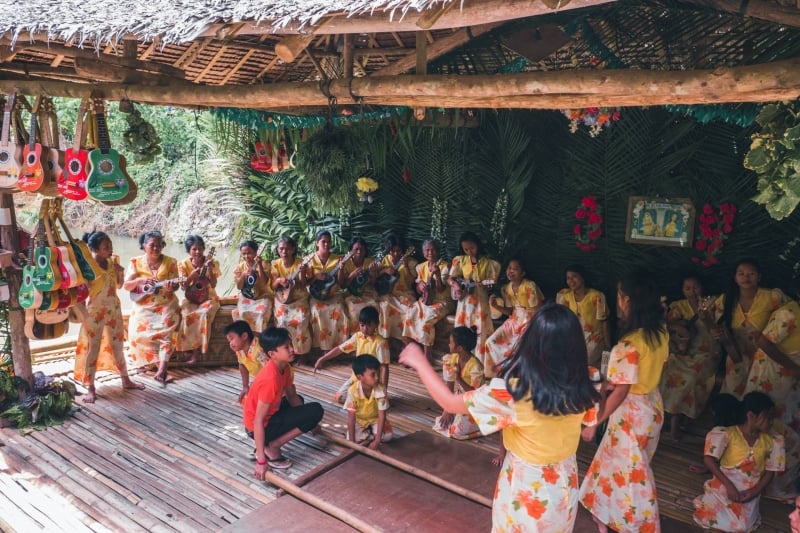
Not only will you be greeted with a warm reception here, but you will also be treated to the fine hospitality that Filipinos are known for. What makes the Philippines such a lovely place is how the locals embrace the concept of “pakikisama” (roughly translated to “fellowship”) to accept people beyond their circle of friends and relatives. More than simply “getting along with others,” the value of pakikisama suggests a genuine habit of togetherness, harmony, and companionship.
Don’t be surprised if you make many friends during your stay, as Filipinos aren’t afraid to go the extra mile in making you feel comfortable. You may come here as a visitor, but you won’t leave as a stranger.
3. When talking to elders and strangers, don’t forget to use the correct honourifics
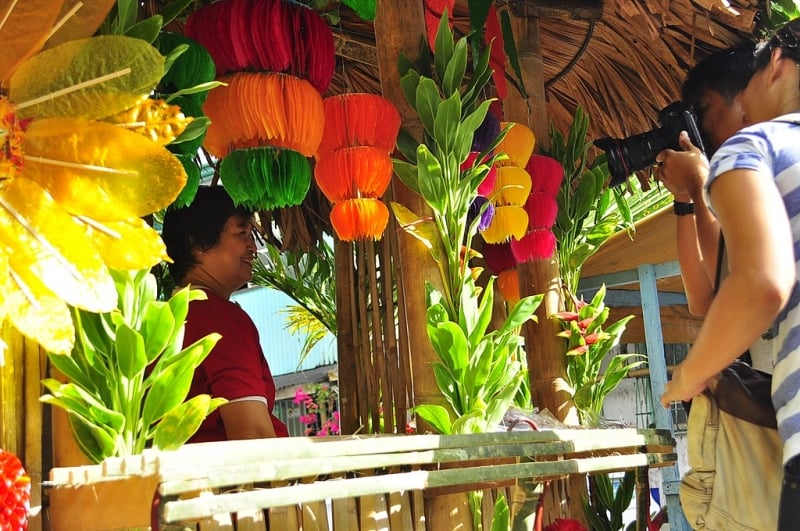
Image credit: Weirdobelle
If you wish to start a conversation with a stranger, there are courteous ways to get their attention without addressing them by their first name. You can refer to them as “ate” (pronounced as “ah-teh,” meaning “older sister”) if they are a woman, or “kuya” (pronounced as “koo-yah,” meaning “older brother”) if they are a man. Even if you aren’t biologically related to the person, these casual terms still apply.
You can also call someone “tito” (uncle) or “tita” (“auntie”), if they happen to be the parents of your friends. But if the person you’re speaking to is old enough to be your grandparent, you can call them “lolo” (“grandfather) or “lola” (“grandmother”).
Moreover, Filipinos show respect and courtesy to their elders by saying “opo,” a polite way of saying yes, and “po,” an honorific that adds reverence to a phrase. Adding “po” at the end of your sentences, like “yes po” or “thank you po,” shows good manners. It tells them that you cared enough to address them properly.
4. Don’t expect everyone to speak English perfectly

If you’re surprised by the number of Filipinos who can express themselves smoothly and confidently in English, you shouldn’t be. After all, the Philippines was colonised by the United States of America for almost 50 years, resulting in the English language being widely taught in schools around the country.
That said, you shouldn’t expect everyone to speak flawless English anywhere you go. While English may be the dominant language used for business, it’s still not the mother tongue, and not every Pinoy can speak this second language fluently. That’s where a little knowledge of Filipino comes in handy.
5. Be respectful when you try to learn the language

Filipinos can definitely be accommodating to foreigners, but you should still try to meet them halfway by knowing their language, even if it’s just the basic greetings. Here are a few phrases to break the ice or express your gratitude:
- “Magandang umaga/hapon/gabi!” (“Good morning/afternoon/evening”)
- “Kumusta ka?” (“How are you?”)
- “Mabuti naman, salamat.” (“I’m fine, thank you.”)
- “At ikaw?” (“And you?”)
- “Salamat.” (“Thank you.”)
- “Walang anuman.” (“You’re welcome.”)
- “Paalam.” (“Goodbye.”)
- “Ingat ka!” (“Take care!”)
Much like the Spanish language that influenced it, Tagalog words are pronounced the way they are written. Don’t worry too much about not getting the accent right — it’s the effort that counts. Below, we’ve prepared the most commonly used expressions to help you navigate the country with ease:
Also read: Important Filipino Phrases Every Visitor to The Philippines Must Know!
6. There are times when you shouldn’t take “kain tayo” too literally
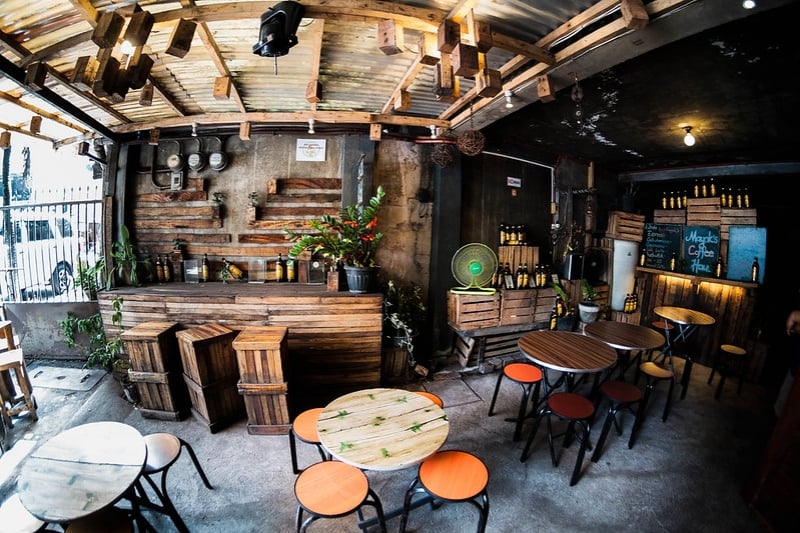
Image credit: Marco Verch
Respect a shared meal for the kind gesture that it is, but still try to read the room to know when you might be crashing a party or catching the host unprepared. With the expression “kain tayo” or “let’s eat,” there are some cases where it’s easy to fall into a misunderstanding. If you run into someone you know at the mall, for instance, and they ask you if you’ve eaten yet, that’s not necessarily an invitation to go have lunch with them right at that instant. And if you notice a beat of hesitation when they ask you to eat with them, “kain tayo” just might be their polite way of saying, “You should eat already! Just not necessarily with me.”
Nobody will tell you directly when you’re pushing your boundaries or overstaying your welcome. Pay attention to non-verbal communication cues and body language to know if you’re putting someone on the spot when they actually have other plans.
7. Never force your Pinoy friends to pay for a meal that you were supposed to cover
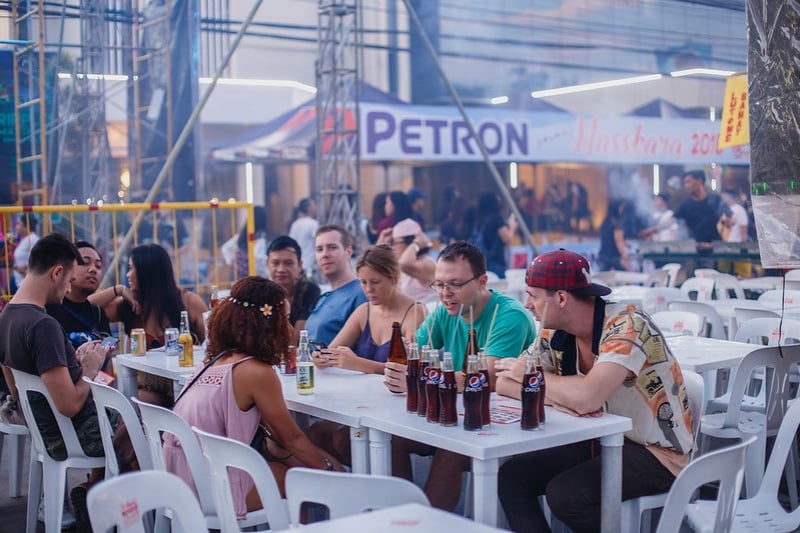
Image credit: Marco Verch Professional Photographer and Speaker
Another important distinction: Know that when you offer to take your group of Pinoy friends out to a restaurant for a meal together, you are silently agreeing to pay for the bill. Unless you specify that your social gathering is “kanya-kanyang bayad” — meaning that everyone pays for their own food — you are giving your friends reason to presume that dinner and drinks are on you. If you mislead your friends into thinking you’re treating them to a nice meal when you don’t plan to, that’s a huge no-no.
8. If you disagree with someone’s opinion, don’t come off too strong

Filipinos are generally very friendly towards other people, which means they tend to not be confrontational with foreigners. For this reason, raising your voice in anger or loudly correcting someone over a mistake can come across as condescending, overly demanding, and rude. Like with many Asian cultures, you should get your point across in a civil manner while paying careful attention to posture, facial expressions, speech, and body language.
Due to a culture of politeness, many Filipinos will not tell you “I can’t” or “I don’t want to” outright. Instead, they’ll say “I’ll see…” or “I’ll try…” or “Let me think about it.” In turn, you may have to be discreet with your words and find a gentler way of phrasing your comments so that you don’t offend them.
9. Don’t expect everything to be super cheap

The Philippines may be one of the more budget-friendly destinations in Asia, but that doesn’t mean everything is cheap. As the saying goes, “Nothing in life is ever free.” While the Philippines may be a developing country and the cost of living is significantly lower, the prices of restaurants, electronics, and imported luxury goods in some parts of Metro Manila might surprise you.
10. Avoid heated debates with vendors and don’t overdo the haggling

Image credit: Takamorry
One of the embarrassing things that any foreigner should avoid doing in the Philippines is “fake-haggle” their way through outdoor markets and souvenir shops. We understand that you’re excited to score great bargains at Greenhills Shopping Center for the first time.
But keep in mind that there’s a reasonable level of negotiation: Know the price range by walking around the area first; always be cordial with the vendors when asking for lower prices. Don’t be too aggressive, and don’t haggle if you’re not really planning on buying anything. Otherwise, the vendors have every right to be upset with you because you’re wasting their time.
11. Be careful not to arrive too early for a social gathering
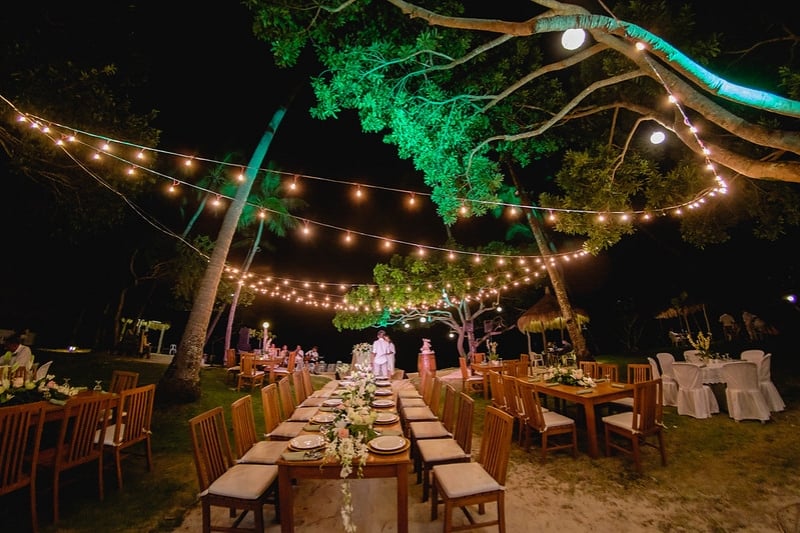
Image credit: Marco Verch
Thanks to more than 300 years of Spanish rule, Filipinos have a knack for dipping bread in hot chocolate, eating sweet ham at Christmas, afternoon siesta, and yes, arriving late to parties. In spite of the infamous “Filipino Standard Time,” the delays in casual gatherings in the Philippines have more to do with the lack of efficient transportation options that can deliver citizens to their destinations on time — at least in Metro Manila, where the traffic is notorious for stalling plans. Most Filipinos don’t make it a point to be late or rude, yet delays can be inevitable in a city where the trains break down often.
However, it’s perfectly fine and better to be punctual in the Philippines. Lateness is never tolerated for business meetings and weddings, for example, and shows at the theatre usually begin right on schedule.

But when it comes to informal gatherings or parties, try not to arrive too early; or else, you could catch your host off-guard and far from ready to welcome you into their home. Just as it’s considered impolite to arrive too late, you have to adjust to Filipino Time at least a little bit. Give it around 15 to 20 minutes, or you could find yourself waiting a long time before the party starts.
12. Joining rallies is illegal if you’re a foreigner
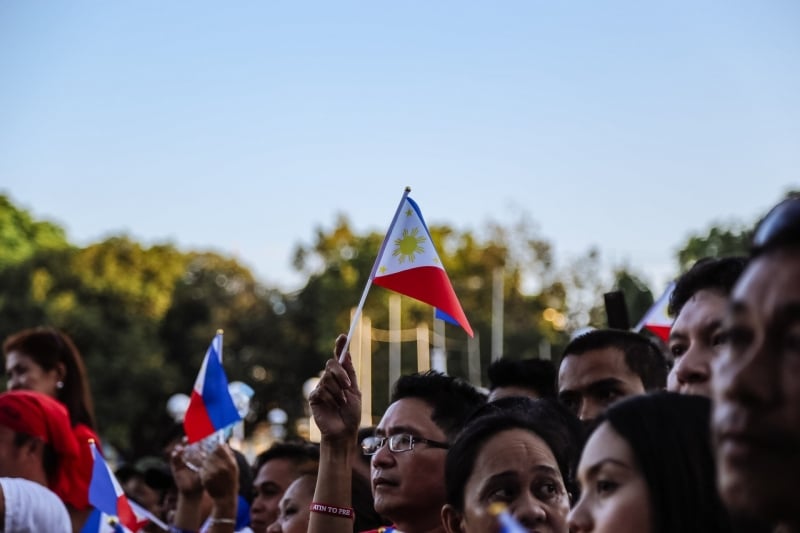
For your own safety, steer clear of participating in any protests during your stay in the Philippines. In this press release, the Bureau of Immigration (BI) states that all foreign nationals are prohibited from participating in political rallies and mass demonstrations in the country.
Taking part in a political assembly or gathering, be it for or against the government, will be considered as “meddling in our internal affairs as a sovereign nation,” according to BI Commissioner Jaime Morente. We caution against joining any protests in the country, or you risk getting blacklisted or deported.
13. Never attempt to sing “My Way” in karaoke bars

One of the things you must never do in the Philippines is attempt to sing a classic song by Frank Sinatra. At least a dozen karaoke-related murders have taken place in bars across the Philippines from 2002 to 2012, and they all lead back to the same crime: singing Sinatra’s My Way out of tune.
Joining a rally can get you deported out of the Philippines, but this musical violation might actually get you killed. This song has historically proven to be so fatal that bargoers will not let you finish it, their fists flying as soon as it’s selected on the karaoke machine.
This one unfortunate song aside, a night of karaoke doesn’t usually lead to violent altercations. As long as you practice decent karaoke etiquette (don’t make fun of other people and always share the microphone, no matter how good you think you are), you should have nothing to worry about.
By all means, sing your heart out and dance the night away in this national pastime that Pinoys are so good at. Just don’t try the most dangerous song in the Philippines unless you want to face that “final curtain.”
14. Don’t hesitate to try Filipino food
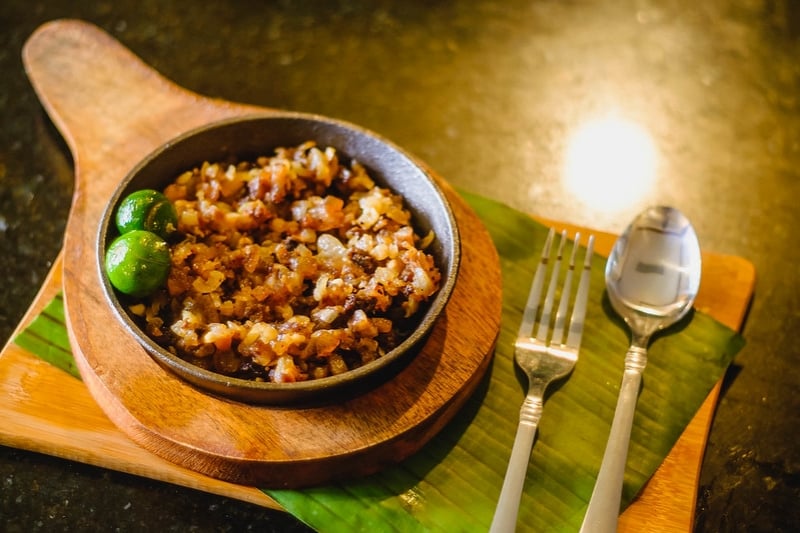
Image credit: Marco Verch
From sizzling pork dishes like sisig and the crispy pig skin of lechon to a warm sip from pork sinigang, Filipino cuisine offers a mind-blowing range of salty, sweet, sour, and savoury flavours. Want a true feast? Enjoy the local dishes in the traditional Filipino style: a variety of meats and vegetables displayed over banana leaves, clumps of rice that are meant to be scooped with your bare hands. Set your table somewhere near the ocean, and you’ll notice that the grilled seafood tastes even more delicious!
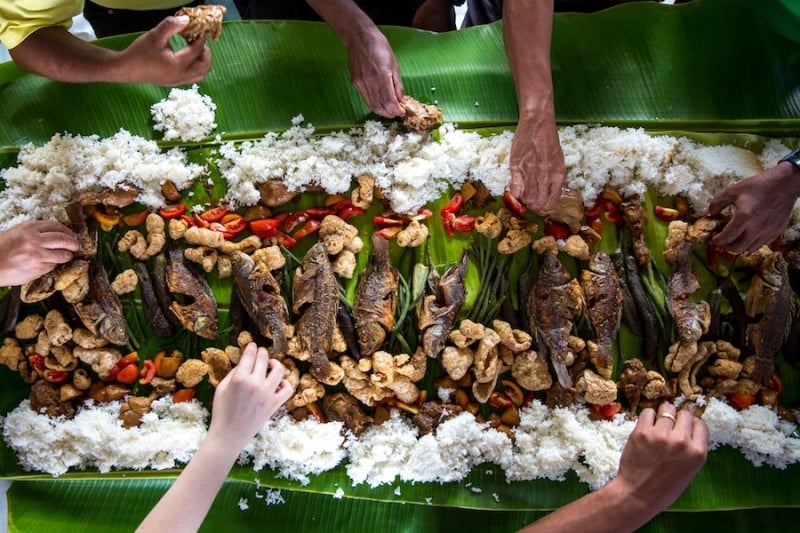
Eating your way through the Philippines Islands doesn’t sound like a bad way to live at all. Don’t forget to sink your teeth into scrumptious Filipino desserts, or yes, even the classic fried chicken joy from Jollibee. Better yet, look out for these popular Filipino dishes while you travel.
15. Never fly back home without bringing Philippine souvenirs
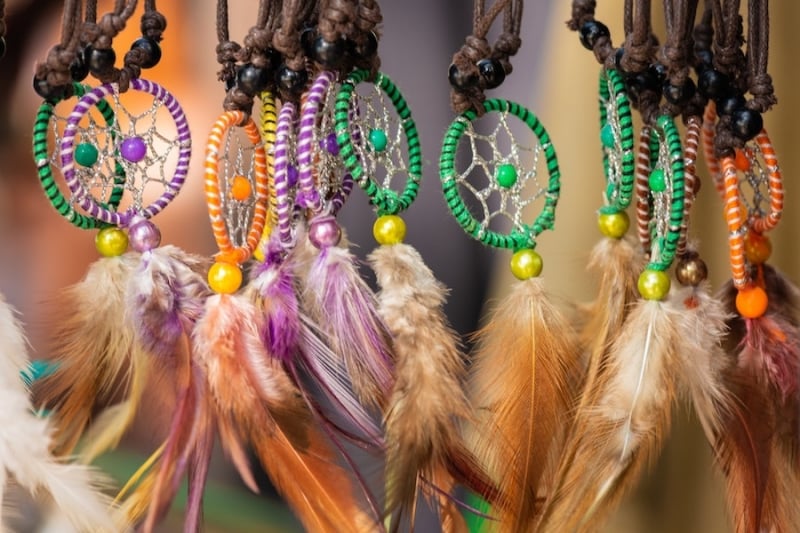
We’re certain that you’ll make many unforgettable travel memories in the Philippines. Before you leave the country, you should definitely make room in your suitcase for your loved ones back in your home country. From delicacies like buko pie and chewy snacks like dried mangoes to handwoven products showcasing the work of local artists, Philippine souvenirs are must-have items for every traveller heading home.
Also read: Philippine Souvenirs: 21 Trendy Gifts and Tokens to Take Home With You
16. Don’t limit your travels to Metro Manila

Image credit: Ray in Manila
With more than 7,000 islands to offer visitors, this diverse archipelago can whisk you away to places beyond your wildest dreams. That’s why it’s so saddening to hear so many tourists spend only a few days in Metro Manila and call it a complete vacation.
Beyond the smoke and traffic of the city, there are the white sands of Boracay, the crystal clear waters of El Nido, the Chocolate Hills of Bohol, the mellow surfing spots of Baler, the chilly summits of Baguio, the underground river of Puerto Princesa, and the staggeringly beautiful lagoons of Siargao. That’s just naming a few places that come to mind.
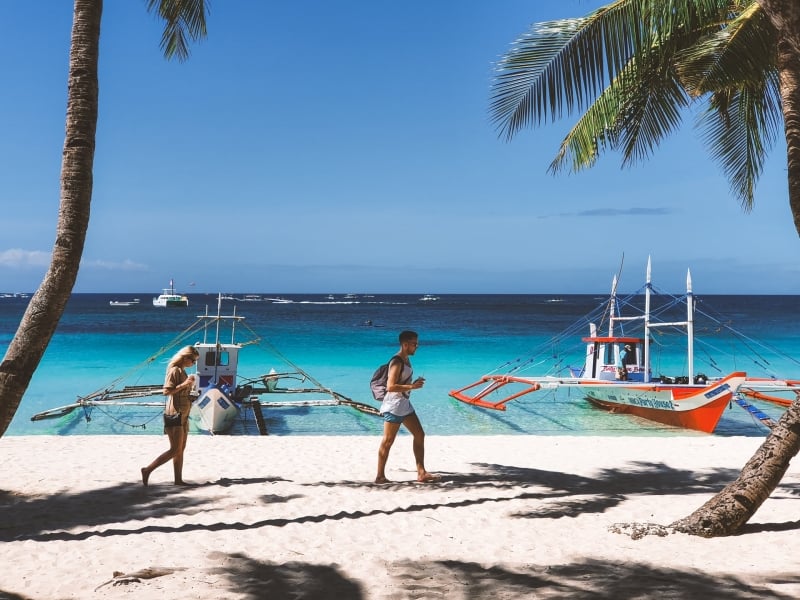
Image credit: RJ Baculo
Tourists should not limit themselves to staying in Makati City and Bonifacio Global City, especially when there are so many different things to do in the Philippines. Without seeing the other parts of the country, can you really say that you’ve explored it to the fullest?
17. Don’t forget to immerse yourself in the culture and make new friends
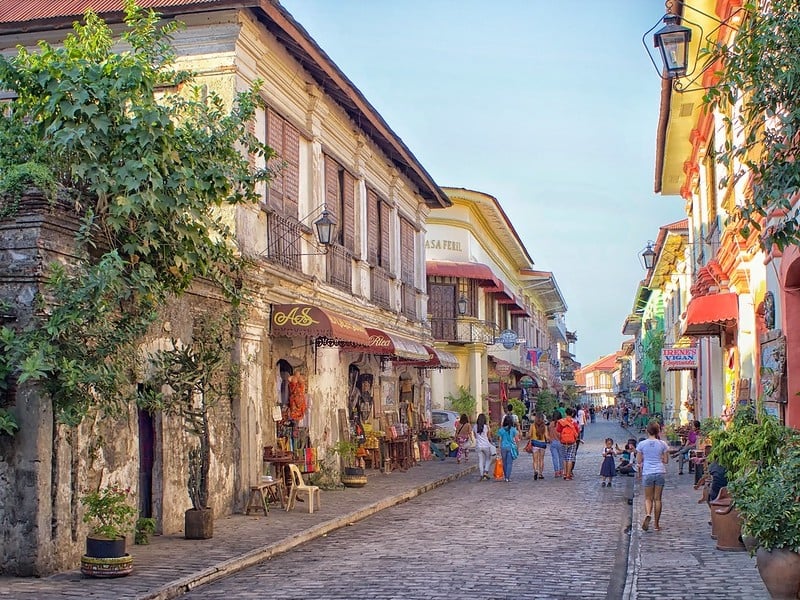
Image credit: Ray in Manila
The biggest travel-related accident in store for you, should you book a flight to the Philippines? You might never want to leave.
Speaking as someone who lives in the Philippines, you could spend a lifetime in this country and still not run out of things to do. Many foreigners who intend just to spend a few days in the romantic coasts of El Nido or chase awesome surf breaks in Siargao eventually find themselves falling in love with the place, wishing they could leave their lives behind to stay here just a little longer. Why? Because they found a second home in the Philippines.
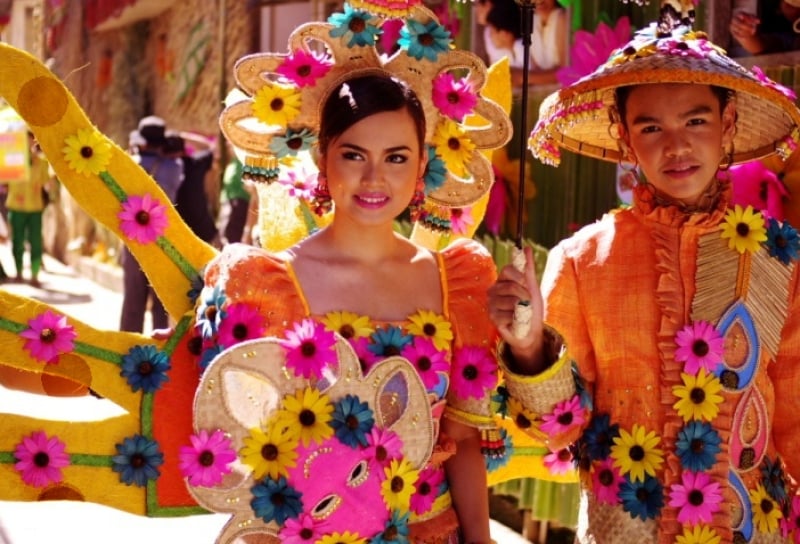
Image credit: Markytour777
At the end of the day, it’s Filipinos who are responsible for giving the country its life, hope, and colour. Any cultural differences shouldn’t deter you from travelling to the Philippines, because it’s filled with people who are as warm-hearted as they are giving.

If there’s anything that the repeat visits of foreigners can tell us, it’s that this archipelago offers something special to every traveller. Despite the significant number of things to avoid in the Philippines, it has a way of leaving a special mark on everyone’s hearts.
Also read: 5 Perfect One-Week Itineraries for Your Ultimate Vacation in the Philippines
We hope this list cleared a few things about what it’s really like to travel in the Philippines. Not as a stranger merely passing through, but as someone we can trust to treat our home and our fellow countrymen with the respect they deserve.




